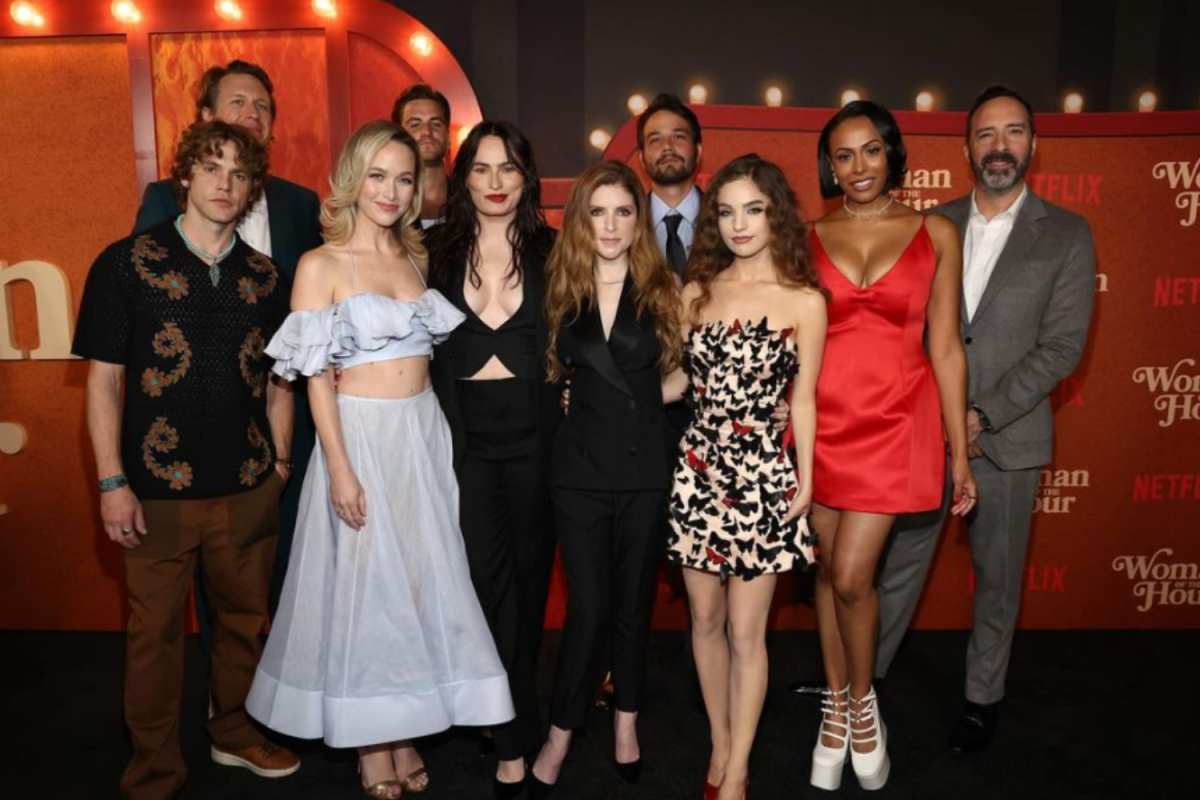Netflix added another original crime drama, “Woman of the Hour,” to its platform on Oct. 18. Directed by Anna Kendrick, this film recounts the real-life events of serial murderer Rodney Alcala, who brutally attacked several women during the 1970s. The movie highlights one particular instance amid Alcala’s rampage, as a mystery bachelor on “The Dating Show.” At the same time, aspiring actress Sheryl Bradshaw, played by Kendrick, agrees to go on “The Dating Show” to help her acting career find ground. However, little does she know that one of her possible matches is a killer, and the only woman who recognizes him is an audience member whom nobody believes.
Movies based on real-life tragedies can often be over-dramatized to entertain the audience instead of staying true to the story; “Woman of the Hour” is no different. While it does retain several facts, other aspects are Hollywood-ified for the viewer’s enjoyment. I did not like how it went in a different direction from the true events, but I think the additions helped the director achieve a desired theme for the time, in that women were not seen as credible or held in seriousness when they spoke out. If survivors are never believed, then the murderer will run free and hurt others. This is seen many times throughout the movie, and one of the reasons why I felt it was such a frightening film.
Despite this, I thought the acting was done extremely skillfully. Daniel Zovatto, who plays Alcala, balanced layers of humanity with a killer’s detached, predatory gaze so well that I forgot Zovatta was acting, and grew scared of him myself. I think that playing such a violent, real-life individual takes gentle care and respect towards the survivors, victims, and victims’ families; anything other than complete accuracy would be to disregard their lives.
Additionally, I liked the camera work for the film. Different shots and angles were able to convey distinct emotions to the audience in a scene, just as much as acting and music can have an effect on tone. As “Woman of the Hour” was Kendrick’s directorial debut, I was impressed by this skill in translating emotion from screen to viewer.
Shortly after finishing the movie, I learned that Kendrick donated all the money that she made to the Rape, Abuse & Incest National Network (RAINN) and the National Center for Victims of Violent Crime. I think the reason why the film successfully displayed such sensitive themes was due to Kendrick’s understanding of the material, as seen through her donations.

